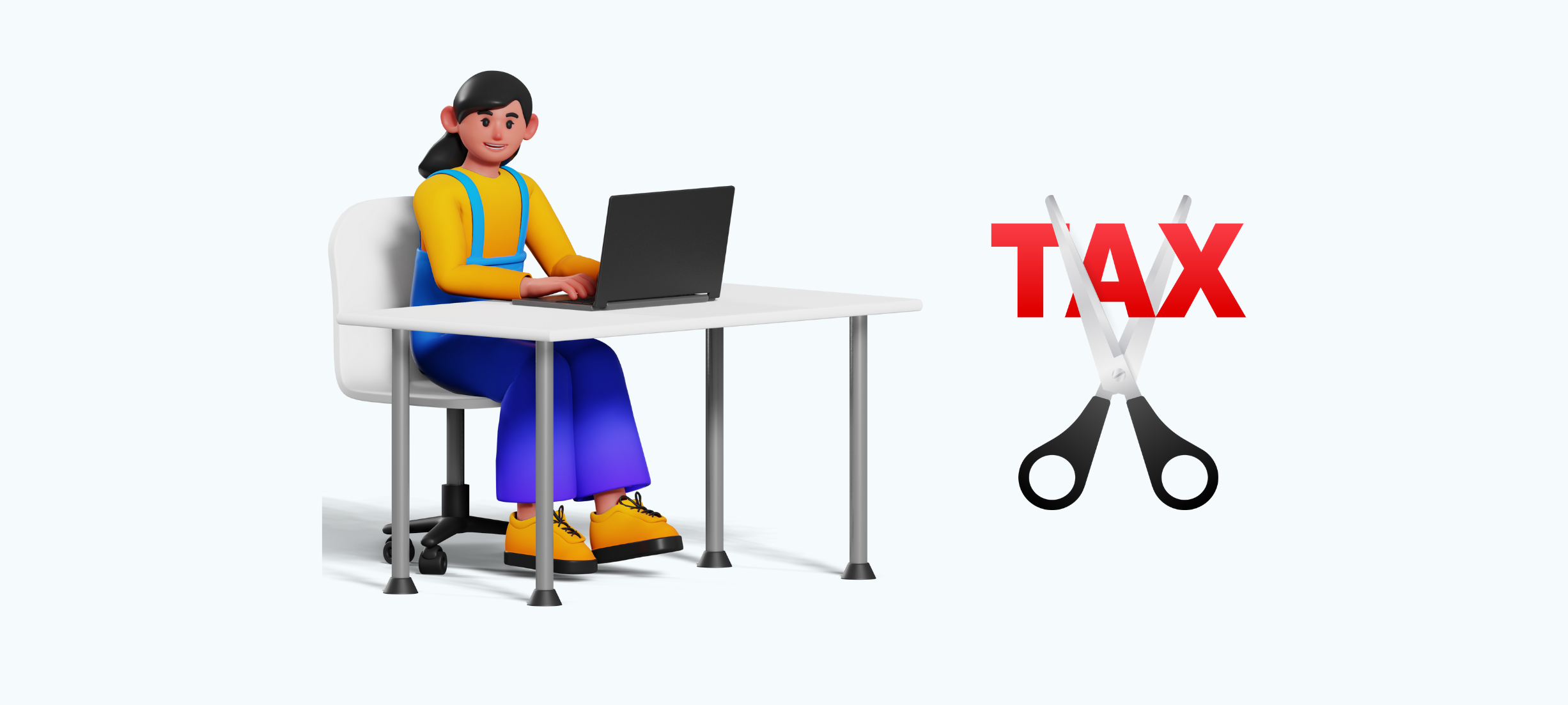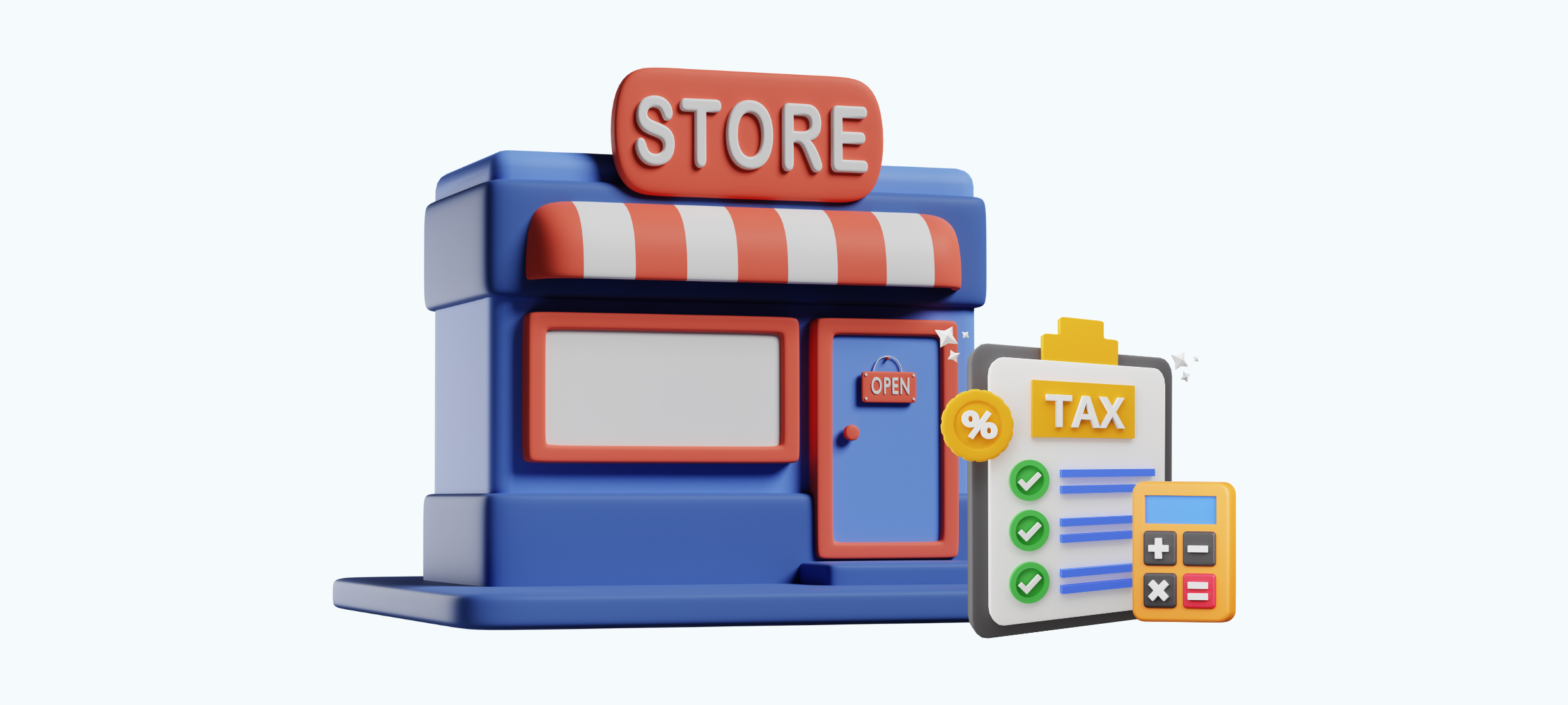
The 403(b) and 457(b) plans are like special savings accounts for retirement, but they're only available to certain kinds of workers, like those in nonprofit organizations or government jobs. Both plans help you save money for retirement, but they also have their own unique features. Let's explore how they're similar and what makes each of them stand out from the regular 401(k) plan that many people are familiar with.
A 403(b) plan is for certain workers like public school employees, ministers, and folks in tax-exempt organizations such as hospitals or charities. It's not for people who work in private companies or for the government. If you work in a private company, you'd have a 401(k), and for government workers, there's the 457(b) plan, which we'll talk about later.
In 2024, you can put up to $23,000 into a 403(b) ($22,500 in 2023). If you're 50 or older, you can add an extra $7,500 both in 2023 and 2024. What's cool about the 403(b) is that if you've been with your employer for at least 15 years, you can add up to $3,000 extra per year, but only up to a lifetime limit of $15,000.
Before, you could only invest in annuities with a 403(b), but now you can also invest in mutual funds. However, some plans might only offer annuities, which can be pricier compared to 401(k) or 457(b) plans where you have more investment choices.
Not many 403(b) plans match what you put in, just like with 457(b)s. But if they do, you might get to keep that extra money right away, without waiting. This is called "vesting," and it often happens quickly in 403(b) plans. So, even if you leave your job, you won't lose the matched funds.
Employees of public schools, including teachers, administrators, and other staff.
Employees of certain tax-exempt organizations, such as:
Imagine your paycheck getting a smaller tax bite! With a 403(b) plan, you can contribute a portion of your income before taxes are taken out. This reduces your taxable income, meaning you pay less tax now and keep more money in your pocket. This saved money gets invested in your 403(b) account, growing tax-deferred until you withdraw it in retirement. It's like planting a money tree that shelters your savings from taxes until harvest time!
Some employers are generous enough to offer "matching contributions" to your 403(b). This means they contribute a certain percentage of your contributions, essentially giving you free money for retirement! Think of it as an employer bonus that grows with your own contributions. Not all employers offer matching, but it's a perk to look for.
Just like a 401(k), a 403(b) plan gives you control over your investments. You can choose from a variety of options like mutual funds, stocks, and bonds, tailoring your investment strategy to your risk tolerance and retirement goals. Whether you're a cautious investor seeking stability or a bold one aiming for higher returns, you have choices to make your money work for you.
Life happens, and sometimes saving for retirement takes a backseat. But the 403(b) plan understands! If you're 50 or older, you get a special privilege called "catch-up contributions." This allows you to contribute an additional amount on top of the regular limit, helping you make up for lost time and boost your retirement savings.
A 403(b) plan is like a 401(k) plan for saving money for when you stop working. You can put money from your paycheck into it and it helps you pay less tax.
Your boss might also give you extra money for your retirement fund.
You have options for how you put money into your plan. If you put it in before tax, you pay tax on it later when you take it out. If you put it in after tax, you pay tax on it now, but you won't pay tax when you take it out later.
Most people with a 403(b) pick annuity contracts or mutual funds to help their money grow without paying tax until later.
You can also borrow money from your 403(b) like you can with a 401(k). But you can only borrow up to $50,000 or half of what's in your plan, whichever is less. If you don't pay back what you borrow within five years, you must pay tax on it.
You can take money out of your 403(b) early if you need it, but there are rules you must follow.
A 457(b) plan is a special way for certain workers, like those in government jobs or certain nonprofits, to save money for when they stop working. It helps them put aside part of their paycheck into a retirement fund, where the money can grow over time. This type of plan gives them some tax benefits, meaning they pay less in taxes on the money they save for retirement. It's kind of like a savings account just for retirement, but with special rules tailored for specific types of employees.
A 457(b) plan is available to:
1. Traditional 457(b)
Contributions:
Tax treatment during retirement
Advantages
Considerations
Contributions
Tax treatment during retirement
Advantages
Considerations
In summary, the choice between Traditional and Roth 457(b) plans depends on your tax strategy, income level, and retirement goals. Consult a financial advisor to determine which option aligns best with your individual circumstances!
Your total contributions (employee and employer combined) cannot exceed your yearly earnings at the employer that offers your 457(b) plan.
Choosing the right retirement savings plan as a public sector or non-profit employee can be complex. Navigating the intricacies of 457(b) and 403(b) plans, from eligibility to contribution limits and investment options, requires careful consideration. That's where BookkeeperLive steps in!
We go beyond basic bookkeeping, offering expert financial guidance tailored to your unique situation. Our team can simplify the 457 vs. 403(b) comparison by:
Don't let confusion stall your retirement planning journey. Contact BookkeeperLive today and let's navigate the 457 vs. 403(b) maze together! We'll empower you to make informed decisions and confidently choose the plan that propels you towards a bright financial future. As a leading tax preparation service, we're here to ensure every aspect of your financial strategy is optimized.
1. Which plan am I eligible for?
457(b)s are mainly for state and local government employees, some non-profits, and certain religious institutions. 403(b)s are for public schools, most non-profits, and some private schools.
2. Do I get tax benefits with both plans?
Yes, contributions can be made pre-tax or Roth depending on the option offered. Pre-tax reduces your taxable income now, while Roth grows tax-free and allows tax-free withdrawals in retirement.
3. I left my government job before 59 ½. Can I withdraw from my 457(b) penalty-free?
Yes, unlike a 403(b), a 457(b) allows penalty-free withdrawals if you separate from service before reaching retirement age. However, taxes will still apply. It's advisable to seek guidance from a tax service or tax professional to effectively navigate the tax implications.
4. What happens to my unused catch-up contributions in a 457(b)?
Unlike a 403(b), any unused catch-up contributions in a 457(b) may carry over to the next year, allowing you to contribute more than the standard limit.
5. Can I use a Roth option with both plans?
Not all 457(b) plans offer Roth contributions, while most 403(b)s do. Check with your plan administrators for availability.
6. What happens if I accidentally overcontribute to my 457(b)?
You'll have to withdraw the excess amount with associated earnings and potentially face penalties or taxes. Seeking professional guidance, such as from a tax preparer, is crucial in such situations.
BookkeeperLive provides affordable bookkeeping and accounting services tailored to your business goals.





No calls, No meetings, No spam. Get started with a free trial by filling out the form.
*NDA included for your data protection.
Copyright © 2025 BookkeeperLive. All rights reserved. Privacy Policy Terms of Use
Please visit our India site to see services designed for your country
Enter the code, fill out the form, and unlock financial clarity with a free trial.